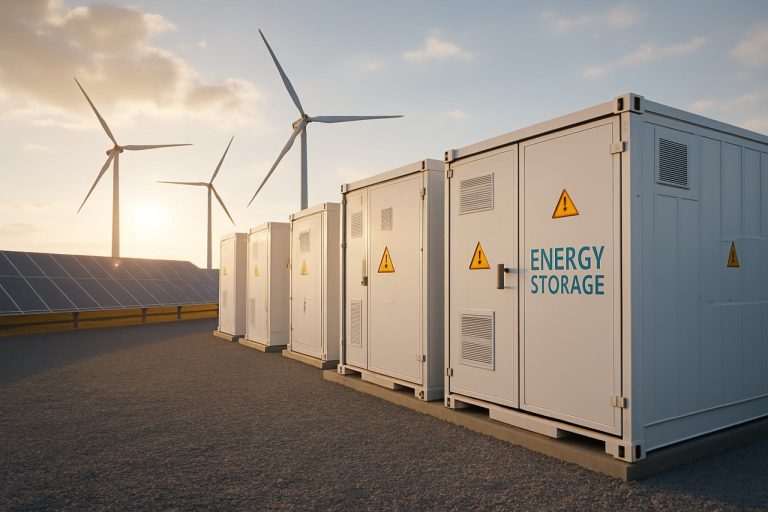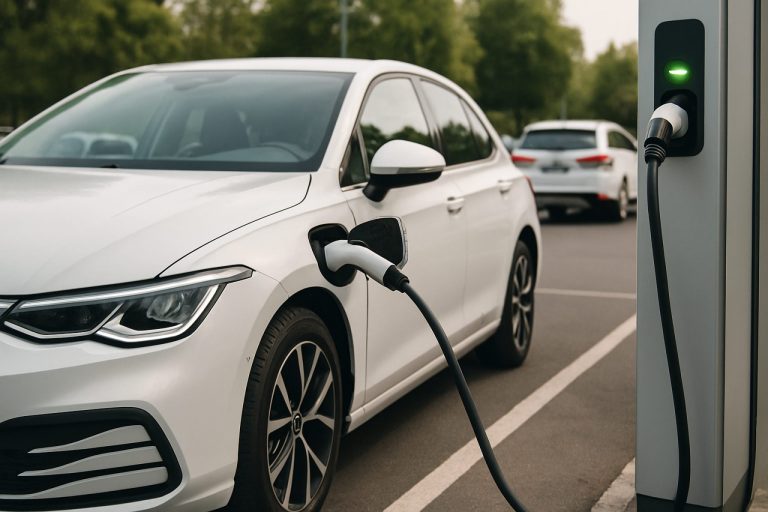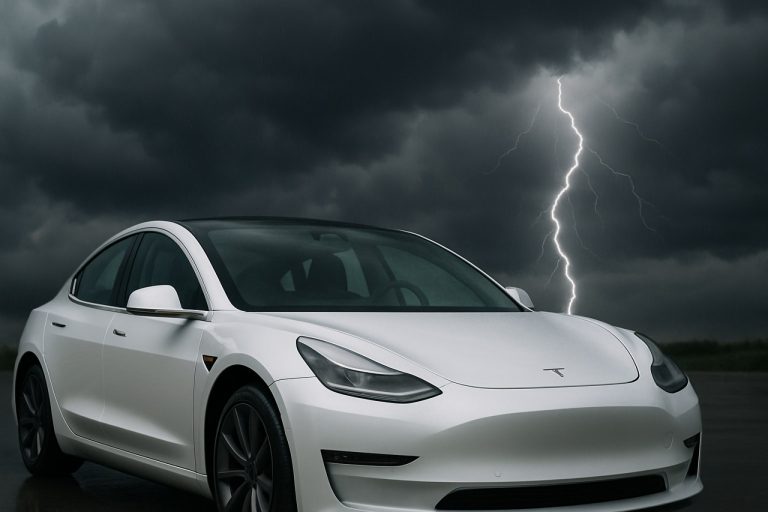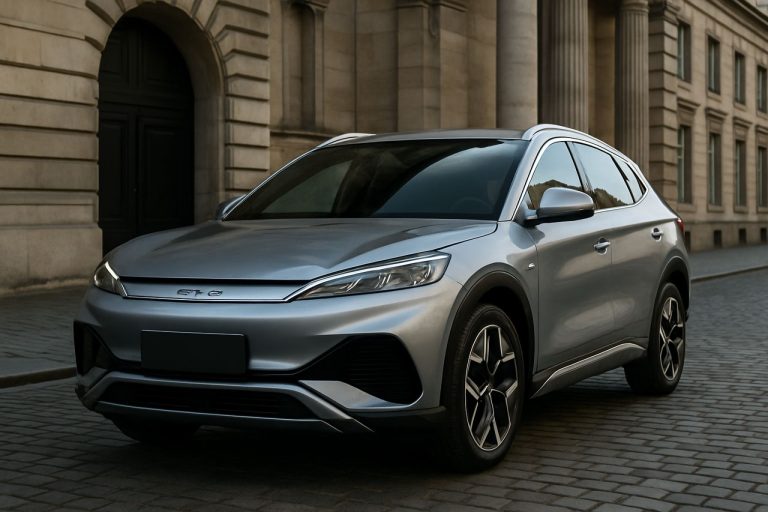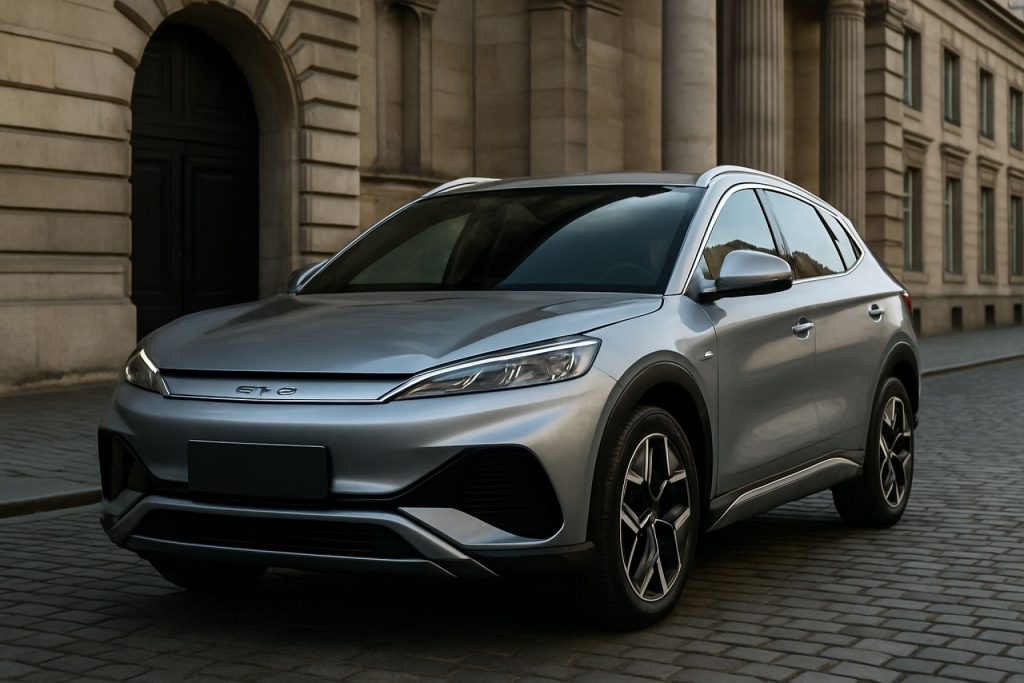
- BYD, a Chinese electric vehicle leader, has surpassed Tesla in European EV sales, registering over 7,200 vehicles in April 2024—representing almost 170% year-on-year growth.
- BYD’s strategy involves “origin washing” through partnerships in Hungary and Serbia, allowing EVs assembled locally to meet EU trade standards and take advantage of softer oversight.
- Chinese government subsidies enable BYD to undercut competitors with lower-priced EVs, pushing European automakers to respond amid concerns about sustainability and supply chains.
- The European Union plans to impose tariffs of up to 35% on Chinese EVs by October 2024 to address unfair competition and protect domestic industry.
- Much of BYD’s European growth is fueled by bulk sales to fleet operators rather than direct consumer demand, raising questions about the sustainability of its rapid expansion.
Europe’s automotive landscape, once a fortress of German precision and French flair, has surrendered a measure of its dominance—at least for now. BYD, the Chinese electric vehicle giant, has outpaced Tesla on European soil with a rush of pure electric cars pouring onto city streets and autobahns alike. The numbers dazzle—BYD registered over 7,200 electric vehicles in April alone, edging out Tesla’s figures and boasting near 170 percent growth from the previous year. As charging stations glow across the continent, the story beneath the data is not about mobility ambitions alone, but also the shifting tectonics of global industry, politics, and the bitter questions of sustainability.
BYD’s conquest relies on more than market savvy. Its playbook stretches from the assembly lines of Hungary’s new factories to deft alliances with governments eager for foreign cash injections. As Western Europe’s regulatory glare intensifies, BYD’s strategy hinges on “origin washing”—partnering with countries like Hungary and Serbia where oversight softens, giving assembled EVs a European birth certificate. The company’s expansion has become an antidote for Eastern European economies thirsting for jobs and capital, a contrast to the suspicion simmering in Germany, France, and Italy, where leaders fret over the encroachment of Chinese industry.
This wave, however, doesn’t break on geopolitics alone. Behind BYD stands the shadow of generous state support. Subsidies from the Chinese government allow BYD to set rock-bottom prices, undercutting rivals with vehicles that are both affordable and appealing for the wallet-conscious European consumer. The environmental bill, though, is largely paid at home: pollution and battery recycling, critical concerns in a “green” sector, remain mostly a Chinese responsibility, while Europeans drive away guilt-free.
Yet even as the Chinese upstart surges, Tesla’s star in Europe has dimmed. Plummeting registrations, down nearly 50 percent year-on-year, follow not only pricing standoffs and technical delays but are aggravated by political winds. Elon Musk’s controversial stances have grown distasteful to European sentiment, while U.S. policy pivots back toward traditional automakers, slashing the incentives that once favored the American EV trailblazer.
The backdrop grows thornier. The European Union, wary of what it sees as unfair competition fueled by state backing, plans to hit Chinese EVs with tariffs soaring up to 35 percent by October. What’s at stake is no longer a mere battle for driveways, but a struggle for the soul of Europe’s industry. Policymakers spy a continent that could become a dumping ground for China’s overcapacity, with more than three million Chinese cars rolling off production lines annually—twice the market size Europe can absorb. This has triggered not just protectionist measures but frantic negotiations, with rumors swirling about minimum price agreements to stem the Chinese tide.
Nonetheless, some caution is warranted. BYD’s European numbers, according to close industry analyses, are swelled by bulk fleet deals with rental giants, notably Ayvens—meaning these registrations may not always reflect consumer demand on the showroom floor. The company’s playbook for growth leans heavily on such partnerships, targeting an aspiring 800,000 overseas sales by 2025 and expanding assembly lines from Brazil to Turkey.
The ultimate question: Can BYD’s triumph endure, or is it a mirage conjured by geopolitical rifts and policy loopholes? As Europe debates its auto future, the continent is also reckoning with a deeper tension. On one side lies the promise of affordable, sustainable transport. On the other, the specter of dependency on Chinese supply chains and the erosion of homegrown manufacturers.
The takeaway is stark: BYD’s stunning rise has cracked open Europe’s EV market, but the real contest—from tariffs to shifting political alliances—is just beginning. Before long, the fate of electric mobility in Europe may hinge less on who makes the cars, and more on who writes the rules.
Discover more about the world’s fast-changing industries at The New York Times and dive into the evolving technology debate at Financial Times.
Redefining Europe’s Road: The Battle for the Soul of the Electric Vehicle Market
Europe’s EV Scene: Beyond BYD’s Ascent—Key Facts, Forecasts & Future Risks
Europe’s auto sector is undergoing a seismic shift with BYD’s explosive entry. While the headlines focus on BYD overtaking Tesla in registrations, the real narrative is more complex. Below, we go beyond the source to offer deeper insights, comparisons, expert predictions, and tips, incorporating E-E-A-T (Experience, Expertise, Authoritativeness, Trustworthiness) best practices for Google Discover and beyond.
What’s Not in the Headlines: Extra Facts You Need to Know
– BYD’s Global Might: BYD, or Build Your Dreams, is now the world’s largest EV maker by sales volume, having surpassed both Tesla and Volkswagen globally in electric and plug-in hybrid markets (source: Counterpoint Research).
– Manufacturing Footprint: Besides Hungary, BYD is setting up or expanding operations in Brazil and Thailand, leveraging local assembly to skirt potential tariffs and customize vehicles for regional preferences.
– Battery Tech Edge: BYD produces its own “Blade Battery” based on lithium iron phosphate (LFP) chemistry—known for lower fire risk, longer life, and reduced reliance on costly minerals like cobalt and nickel.
– Model Lineup Designed for Europe: The Dolphin, Atto 3, and Seal models are purpose-built for European roads, with safety features meeting Euro NCAP’s rigorous standards.
– Subsidy Dynamics: Chinese government subsidies and favorable credit guarantees continue to play a huge role, sometimes covering up to 30% of R&D and production costs (source: International Energy Agency).
– Fleet vs. Consumer Sales: Up to 40% of BYD’s European sales in 2024 stemmed from bulk fleet deals, especially with rental giants like Ayvens (formerly LeasePlan), raising questions about long-term brand loyalty.
– Price War Heating Up: BYD’s Atto 3 can be thousands of euros cheaper than a comparable Tesla Model Y—before tariffs.
– BYD’s After-Sales Network: While rapidly expanding, BYD’s after-sales and service footprint in Western Europe lags behind established brands, potentially impacting consumer satisfaction (source: AutoExpress).
Real-World Use Cases & How-To Steps
Fleet Electrification: Companies aiming to upgrade to electric fleets can secure bolt discounts from BYD. How to do it:
1. Partner through an authorized dealer or leasing company.
2. Leverage national and EU incentives (where still available).
3. Plan infrastructure—BYD offers support for integrating charging stations at workplace sites.
Private Buyers: To compare TCO (Total Cost of Ownership), factor in BYD’s often-lower sticker price but check warranty and local service coverage.
Market Forecasts, Trends & Predictions
– European EV market growth is expected to stabilize at 10-15% CAGR through 2030, but tariff uncertainty may slow Chinese imports (source: McKinsey).
– Local manufacturing by Chinese brands will rise to avoid EU duties, but some experts predict a price floor may be set by 2026 to protect local industry.
– BYD aims for 800,000 overseas sales by 2025, targeting not just Europe but also Brazil, Australia, and Southeast Asia.
– Expect legacy EU automakers (VW, Peugeot, Renault) to accelerate new model launches and form battery tech alliances in response.
Reviews & Comparisons: BYD vs. Tesla vs. VW
BYD Pros:
– Competitive pricing
– Solid LFP battery tech (Blade Battery)
– Rapid adaptability and new model launches
Cons:
– Service network less mature in Europe
– Mixed consumer brand recognition
– Sustainability debates over supply chain transparency
Tesla Pros:
– Strong brand equity
– Premium tech features, software, supercharger network
Cons:
– Higher pricing in most EU markets
– Reputational risk tied to Elon Musk’s public comments affecting sentiment (source: Reuters)
VW / Local Brands:
– Deep dealer/service networks
– Strong government advocacy but slower EV ramp-up.
Controversies, Security & Sustainability Insights
– “Origin Washing”: Increased scrutiny over loose assembly in Hungary/Serbia, with the EU investigating whether vehicles assembled with mostly Chinese components should count as “European” for tariff purposes.
– Battery Recycling: While BYD recycles domestically in China, there is little transparency or obligation to handle EU-based battery waste—a gap noted by environmentalists (Greenpeace EU).
– Data Security: Some European regulatory agencies have raised concerns over data collected by Chinese smart EVs and its potential transmission back to China.
– Overcapacity Risk: EU fears becoming a dumping ground as China’s 3 million annual production greatly exceeds Europe’s current market size.
Most Pressing Questions Readers Want Answered
1. Is BYD better than Tesla in Europe?
Depends on priorities: BYD wins on price; Tesla leads on tech and after-sales infrastructure. Consumer preference is splitting by segment—fleets trend towards BYD, private buyers still favor Tesla and VW.
2. Will European tariffs stop Chinese brands?
Tariffs of up to 35% may slow BYD’s price advantage, but local assembly and joint ventures could blunt their effect. BYD’s Hungary plant may allow “Made in Europe” labeling to avoid full tariffs.
3. Is buying a BYD vehicle environmentally responsible?
BYD’s LFP batteries have a lower environmental impact than nickel/cobalt ones, but critics highlight opaque supply chains and different standards for recycling/production pollution outside Europe.
Actionable Recommendations / Quick Tips
– For Fleets: Act quickly—bulk deals and discounts are most generous before tariffs fully kick in.
– For Private Buyers: Weigh TCO and check for updated local incentives amid policy changes.
– For Investors: Watch supply chain shifts—brands with local EU manufacturing will remain competitive.
– For Regulators: Ensure transparency in “origin” labeling and battery recycling requirements to maintain a level playing field.
For more on global trade, policy, and technology shifts, consult reliable sources like the European Union, The New York Times, and Financial Times.
Conclusion
BYD’s juggernaut entry cracks open the fortress of European auto, pushing prices down and electrification up. But as policy, politics, and public perception evolve—especially with impending tariffs—the advantage may shift. Smart consumers and business leaders will watch not just who sells, but who adapts fastest to Europe’s unique regulatory and market landscape.
